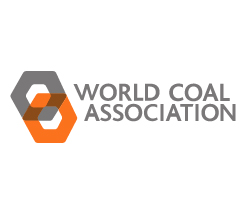WCA Case Study: Shenhua Group

September 22, 2017 - The World Coal Association has published today a new case study from the Shenhua Group looking at how the company has researched and developed ultra-low non-CO2 emissions technology for its coal-fuelled power plants.
Shenhua Group has invested in research and development of an advanced roadmap of high-efficiency low emissions technologies so that its plants would operate well below regulated limits.
The Unit No.4 of Zhoushan power plant, operating since 2014, was China’s first new power plant that met ultra-low emission criteria using technologies that include low-NOX burners, high-efficient electrostatic precipitators (ESP), wet ESP (WESP) and seawater desulphurisation. These have combined to result in emissions that are lower than the national standards by 88% for particulate matter (PM), 94% for sulphur dioxide (SO2) and 80% for nitrogen oxides (NOX).
Also in 2014, unit No.1 of Shenhua’s Sanhe power plant was China’s first existing coal-fuelled unit that successfully went through an ultra-low emission retrofit, which included many of the features at Zhoushan. In the wake of the retrofit, its emissions dropped 75% for PM, 82% for SO2 and 65% for NOX.
These Shenhua Group facilities have demonstrated that ultra-low non-CO2 emissions from coal is feasible and brings significant benefits to both the operator and the country.

